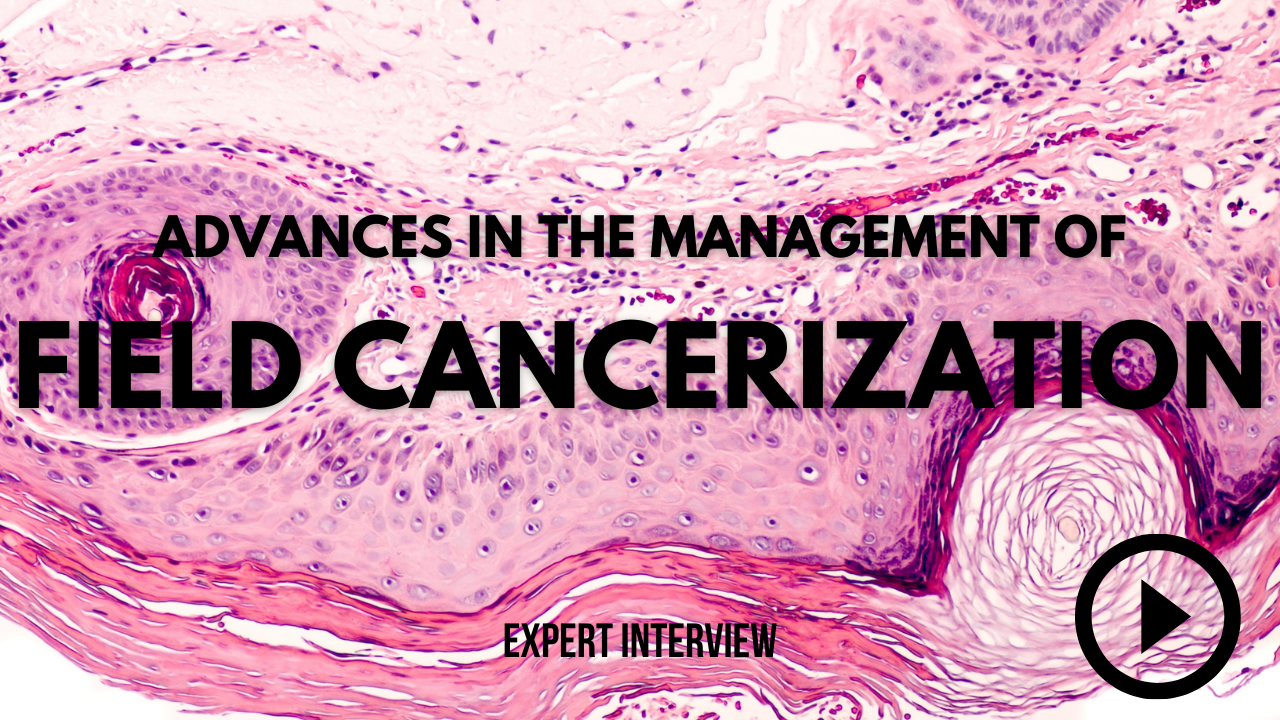- Acne
- Actinic Keratosis
- Aesthetics
- Alopecia
- Atopic Dermatitis
- Buy-and-Bill
- COVID-19
- Case-Based Roundtable
- Chronic Hand Eczema
- Chronic Spontaneous Urticaria
- Drug Watch
- Eczema
- General Dermatology
- Hidradenitis Suppurativa
- Melasma
- NP and PA
- Pediatric Dermatology
- Pigmentary Disorders
- Practice Management
- Precision Medicine and Biologics
- Prurigo Nodularis
- Psoriasis
- Psoriatic Arthritis
- Rare Disease
- Rosacea
- Skin Cancer
- Vitiligo
- Wound Care
Article
Study: Pulsed Dye Laser-Mediated PDT for AK
Author(s):
A study investigated pulsed dye laser-mediated photodynamic therapy compared to conventional PDT for actinic keratosis.
A randomized, split-face study involving 60 patients with 2 or more actinic keratosis (AKs) to receive either pulsed dye laser-mediated photodynamic therapy (PDT) compared to conventional PDT for treatment on each side of the head was recently published in Acta Dermato-Venereologica. The goal of the study was to compare efficacy and safety of these treatments. AKs are common precancerous lesions of the skin that appear due to over exposure to the sun. PDT is a common treatment for AKs but can be very painful.
The physicians were blinded to evaluate the treatment response at 6 months for each lesion, as completely, partially, or not healed. There were significantly lower complete clearance rates (10.3% vs 44.9%) and lesion-specific complete clearance rates were achieved by the pulsed dye laser PDT (47.9%) compared to the conventional red-light PDT (73.4%).
Also, significantly lower pain scores were demonstrated for pulsed dye laser-mediated PDT, with a mean numerical rating of 2.3, compared with 4.1 for conventional red-light PDT. Overall, the study population had a mean of 7.9 lesions, and 78% of patients had previously been treated for AKs in the treatment areas studied.
The investigators wrote that laser treatment was significantly less painful, but compared to previous research, it appeared less effective than conventional PDT, with a complete clearance rate of 10% at 6 months in the laser treatment group compared with 45% in the conventional treatment group.
They concluded that in a population with severe sun damage, pulsed dye laser-mediated PDT seemed less effective than conventional red-light PDT. The pulsed dye laser-mediated PDT may still be a treatment option for patients who are not compliant with conventional red-light PDT.
Reference:
Lindholm V, Pitkänen S, Schröder M, et al. Pulsed dye laser-mediated photodynamic therapy is less effective than conventional photodynamic therapy for actinic field cancerization: a randomized half-side comparative study. Acta Derm Venereol. 2021;101(2):adv00404. DOI: 10.2340/00015555-3754
Newsletter
Like what you’re reading? Subscribe to Dermatology Times for weekly updates on therapies, innovations, and real-world practice tips.







